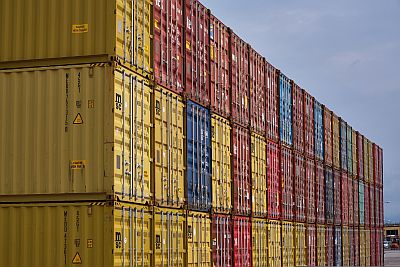
A new report from the U.S. International Trade Commission (ITC) calculates the impact of U.S. tariffs imposed and maintained by Presidents Trump and Biden under Section 232 of the Trade Expansion Act of 1962 and Section 301 of the Trade Act of 1974. The report’s key finding:
“U.S. importers bore nearly the full cost of these tariffs because import prices increased at the same rate as the tariffs.”
The ITC’s conclusion should not surprise President Biden, who once said: “Any beginning econ student at Iowa or Iowa State could tell you the American people are paying [Section 301] tariffs.”
As of March 8, Section 232 and Section 301 tariffs have cost $188.7 billion. As the ITC reports, most of that has come out of the pockets of American taxpayers and consumers.
However, the full cost of Section 232 and Section 301 tariffs is likely much more than estimated by the ITC.
For starters, the agency does not account for the impact of firms attempting to influence government trade policies, either in support of protectionist tariffs or in opposition to them. These costs may exceed the direct cost of tariffs. Economist Gordon Tullock explained:
“As a successful theft will stimulate other thieves to greater industry and require greater investment in protective measures, so each creation of a tariff will stimulate greater diversion of resources to attempts to organize further transfers of income. In present day United States large and well financed lobbies exist for this purpose.”
Section 232 and Section 301 tariffs provided a massive windfall to Washington, D.C. trade lawyers and lobbyists. Economists describe this as “rent-seeking behavior” or “directly unproductive, profit-seeking activity.” Populists just call it “the swamp.”
In addition, the ITC report mentions foreign retaliation but fails to account for its cost. According to the USDA Economic Research Service, from mid-2018 to the end of 2019, retaliatory tariffs reduced U.S. agricultural exports by $27 billion. The federal government spent billions of dollars attempting to offset the damage inflicted on American farmers.
In its defense, Congress only asked the ITC to look at industries “directly and most affected” by tariffs. But it is a mistake to overlook the indirect economy-wide cost of tariffs. Protectionist tariffs provide direct benefits to one group, but most of the costs are often dispersed across the country. In focusing only on industries directly affected by tariffs, there is a risk that policymakers will miss the protectionist forest for the trees.

